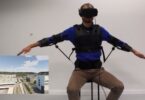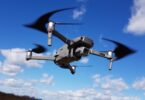The 97th Auto Show starts this Saturday. This year, commercial vehicles are in the spotlight in several stands. Some brands are unveiling their latest innovations, sometimes still in the concept stage, and it is the delivery sector that is likely to completely transform within a few years.
It’s 2039. You have just ordered a new pair of shoes on your favorite online platform. Very quickly, a vehicle leaves its charging location and notifies its arrival time. There is no need to be at home: a drone will take care of placing the cardboard in a safe place, at the back of your garden for example.
This scenario is still fictional, but some commercial vehicle manufacturers strongly believe it. “There are aspects that are already being implemented in our vehicles at the moment. We already have a module that ensures that a vehicle is connected to the internet at all times, which allows for electronic fleet management. We have a fully electric-powered vehicle,” said Geert Jaeken, Mercedes-Benz’s director of sales operations.
With its Vision Van, still in the futuristic concept, for now, the German brand intends to push innovation even further: “We are trying to find intelligent solutions to make life easier for our customers, such as the possibility of bringing packages with drones on the roof, or robots in the cargo compartment for example,” he adds.
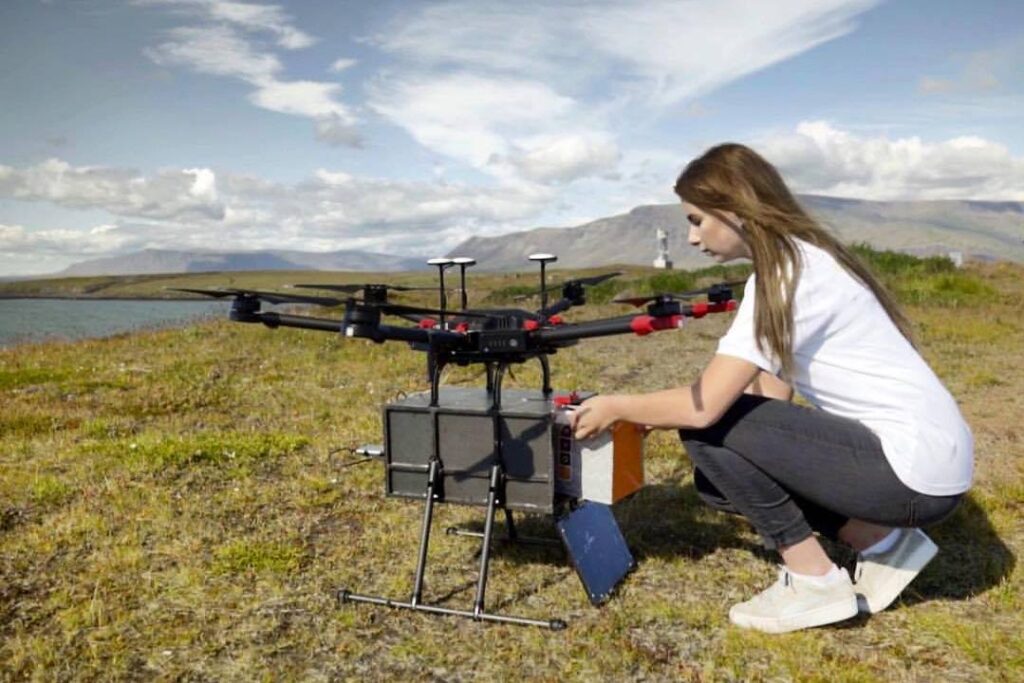
Modular and autonomous vehicles
Mercedes-Benz is not the only retailer to enter the home delivery sector. At Renault, the EZ-Pro also seems straight out of a science fiction film. The French manufacturer is advancing a vehicle concept that is completely autonomous and adaptable according to the needs of professionals: van, food truck, mobile office… anything is possible.
Will drones, robots, autonomous vehicles invade our cities?
For several years, the major players in e-commerce or transport have been competing for announcements on delivery drones, which will soon replace trucks and take off from warehouses, perhaps even air logistics sites. Some imagine delivery droids, which will not only bring us our parcels but also ring the intercom and take the elevator …
Beyond the marketing effects, it is essential to understand the reasons for these innovations. There are many of them.
The first step is to find solutions to reduce the cost of delivery, the famous “last mile”. As in other fields and especially in the industry, replacing the man (the delivery man) with the machine (the drone or the robot) has the main objective of reducing the cost. In the long run and in developed countries, the machine always costs less than labor. We find this as the first reason for these technologies.
But other situations, sometimes local, justify these research investments. The first autonomous parcel vehicle was commissioned in Japan in April 2017. The reason given is to be able to cope with the difficulty of recruiting delivery drivers. The concept is an autonomous vehicle incorporating automatic instructions. The appointment with the recipient is set up on a mobile application and the recipient picks up the package in the vehicle, as in a regular deposit. The lack of drivers is invoked in the United States to justify autonomous truck projects. In this context, which we do not know in France, the robot has the origin of a response to the lack of staff in certain job categories.
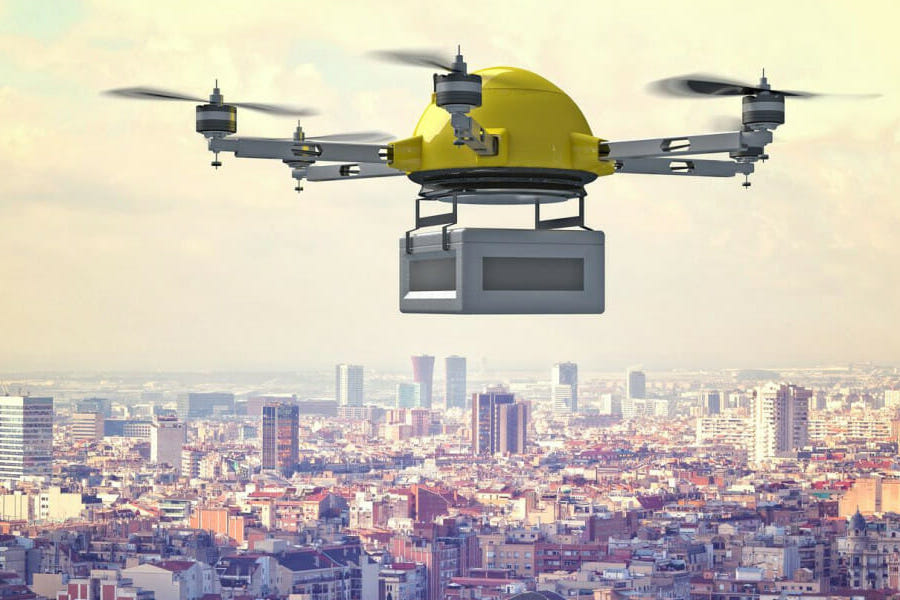
Another objective is to be able to deliver remote areas very quickly. Drones can easily bring packages to mountainous areas or hard-to-reach islands. The first tests in Europe are carried out in these geographical areas. Communication difficulties in Africa justify “drone-port” projects, such as those in Rwanda, allowing the distribution of medicines and food. It is likely that, with exceptions, major European cities will not in the short term constitute a territory for the development of drone deliveries, for security reasons. Specific cases such as the delivery of certain spare parts or regular flows between hospitals may be exceptions. On the other hand, serving remote areas is an issue.
Delivery robots, which are small, self-contained devices that can carry a package or a meal, are already being tested in several cities in Britain and the United States. Nearly a dozen manufacturers are innovating and investing in this niche, in the United States, Israel, Taiwan, and Europe. The most advanced model seems to be that of Starship, a company created by the two founders of Skype. But robots, in order to function and be productive, must be integrated into a wider chain. That’s why Starship has teamed up with Mercedes to design the Robovan, a stand-alone charging base for robots. The French designer TwinswHeel, who presented his model at the Innorobo show, proposes an original model, which travels at 4.36mph. It will find its place in the city but also inside industrial or logistics sites for the management of internal flows.
Hosting delivery robots in a city will not be something simple. Where does the robot roll? On the sidewalk or on the pavement? How are responsibilities managed? In the long run, will it be necessary to provide specific routes for robots, such as bike paths? The appearance of these vehicles in cities raises many questions that we will have to address.
The marketing aspect, sometimes the most visible, with its deliveries of products by robot or drone masks an economic reality. The warehouse, but also the city, will have to adapt to this reality.
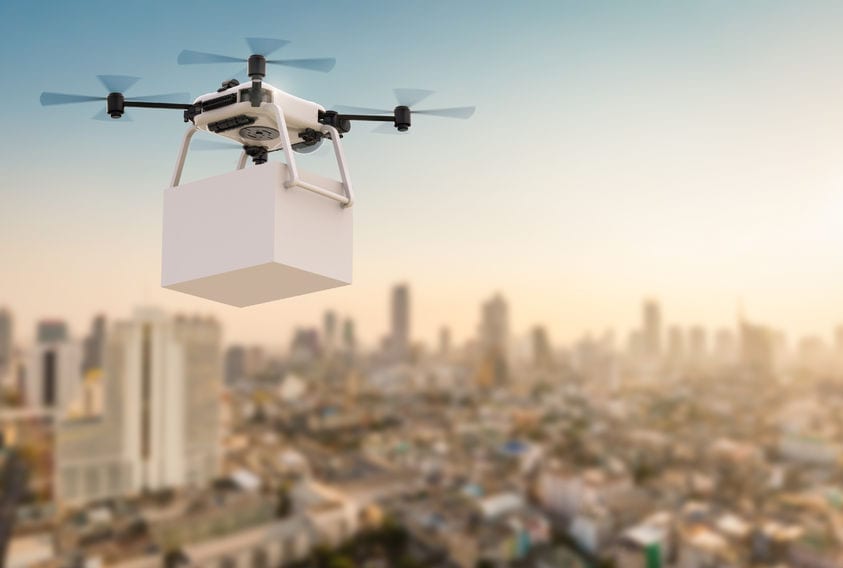
Endangered delivery men?
Faced with such robotic and ever-smarter vehicles, some would fear the disappearance of the profession of delivery or postman. But Geert Jaeken is convinced that a human presence will always remain indispensable: “In our concept, there is always a human presence despite certain phases of autonomy. I think the driver will always have a role to play in managing the process. The goal here is to make his life as easy as possible,” he reassures.
If these vehicles will not be on our roads for a few years, such experiments seem to multiply. “Experiments are already taking place in London with onboard robots,” he says. The vehicle stops on the edge of the city, and it is a robot that travels the last kilometer. In the United States, Amazon is also considering the use of drones. It’s not concrete yet, but it could become very real in a few years.”



